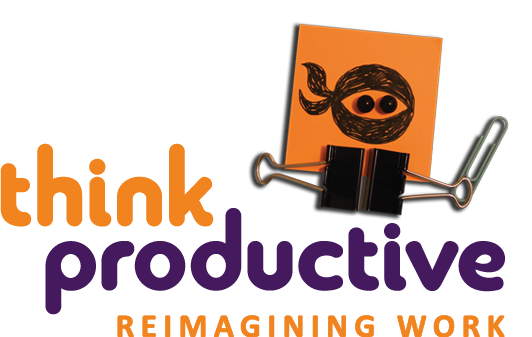We hope you enjoyed Graham Allcotts latest book ‘How To Be A Knowledge Ninja‘ and you are now well on your way to becoming a knowledge ninja yourself. Below you will find links to all the material Graham listed in the back of the book, regarding what else you can go on to read to help you with your knowledge training.
Chapter 2
> Graham Allcott, How To Be A Productivity Ninja
Check out Atul Gawande’s work here:
> Atul Gawande, The Checklist Manifesto
> Atul Gawande, TED Talk: “How do we heal medicine?”
Other books on productivity and organisation:
> Stephen Covey, The Seven Habits of Highly Effective People
> David Allen, Making It All Work
Chapter 3
You can read more about some of the psychological studies referenced here:
> https://psycnet.apa.org/psycinfo/2003-02858-014
> https://www.psych-it.com.au/psychlopedia/article.asp?id=385
> https://www.sciencedirect.com/science/article/pii/S0065260110430014
> https://prismdecision.com/the-planning-fallacy-and-optimism-bias
> Stanford Marshmallow experiment: Mischel, W., Ebbeson E.B., & Raskoff Zeiss, A. (1972). Cognitive and attentional mechanisms in delay of gratification. Journal of Personality and Social Psychology, 21(2), 204.
Chapter 5
You can read more here:
> Highlighting Sucks: https://ideas.time.com/2013/01/09/highlighting-is-a-waste-of-time-the-best-and-worst-learning-techniques/
Chapter 6
There are, unsurprisingly, some fantastic books about writing. My favourites are:
> Stephen King, On Writing
> Natalie Goldberg, Writing Down The Bones
Chapter 7
Dominic O’Brien is a multiple world World Memory Champion and Guinness World Record Holder, and his memory techniques are fascinating. You can sample a video here: https://www.youtube.com/watch?v=8O-0pRxRbt4
References:
> Maguire, E.A., Gadian, D.G., Johnsrude, I.S., Good, C.D., Ashburner, J., Frackowiak, R.S.J., & Frith, C.D. (2000). Navigation-related structural change in the hippocampi of taxi drivers. Proceedings of the national academy of sciences of the United States of America., 97 (8), 4398-4403.
> BDNF in the brain: https://www.ncbi.nlm.nih.gov/pubmed/21722657
> Heatmaps in the body: Heat map pic: https://www.boston.com/dailydose/2013/03/07/ways-exercise-can-boost-your-mental-performance/nI4DA55GaKDZbdrAk9EmiO/story.html
> Chewing gum: https://changingminds.org/explanations/meaning/chewing_thinking
Chapter 8
The lizard brain analogy and the role of the brain functions in procrastination has been covered in various books, including my own How to be a productivity ninja. I personally love the following, which offer slightly different variations on this theme:
> Seth Godin, Linchpin
> Seth’s Lizard Brain talk on vimeo: https://vimeo.com/5895898
> Stephen Pressfield, The War of Art
> Dr Steve Peters, The Chimp Paradox
Chapter 9
References:
> Piers Steel study: https://studiemetro.au.dk/fileadmin/www.studiemetro.au.dk/Procrastination_2.pdf
> Kasper: https://www.prweb.com/releases/prweb114250.htm
> Baumeister/Tice:
– Tice,D.M., & Baumeister, R.F. (1997). Longitudinal study of procrastination, performance, stress and health: The costs and benefits of dawdling. Psychological Science, 454 – 458.
– Ferrari, J.R., & Tice, D.M. (2000). Procrastination as a self-handicap for men and women: A task-avoidance strategy in a laboratory setting. Journal of Research in Personality, 34 (1), 73-83.
For more resources from the book, make sure you head over to www.knowledgeninja.co.uk
